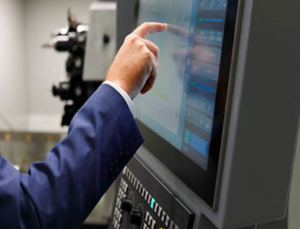
The electret condenser microphone (ECM) has been the primary microphone type for decades, finding its way into many applications including telephones, hearing aids, cell phone handsets and many other products that needed to be able to process sound. Even recently, they were still in use – but, as devices became thinner and smaller, ECM designers were forced to produce smaller microphones for inclusion in these modern devices. However, shrinking the size degraded the performance – in particular the signal-to-noise ratio (SNR). Also affected were general performance and temperature stability. Notably, there was significant variation between ECMs, even from the same batch, particularly with regard to sensitivity and response at high and low frequencies.
Micro electro-mechanical system (MEMS) microphones are a viable alternative to ECMs and offer advantages in a number of areas. Generally speaking, they consume less power and have a better SNR as well as being highly sensitive and less susceptible to vibration. Importantly for modern applications, MEMS microphones are smaller than ECMs and also compatible with modern surface-mount reflow processes.
MEMS Microphones Gain in Popularity
MEMS microphones were first seen in the 1980s and have had a relatively small market share until the past decade, when their sales volumes surpassed those of ECMs. This acceleration in sales has been driven primarily by two product genres, smartphones and virtual personal assistants (VPAs), such as the highly popular smart speakers.
While these devices sell in their millions, the fact that they have multiple microphones further multiplies the size of the market. Modern Apple iPhones have at least four MEMS microphones, while VPAs have even more – Samsung’s Galaxy Home has eight and Amazon’s Echo has seven. Even simple wearable devices incorporate a MEMS microphone, as there is no space for a traditional button-based HMI. Devices in the new “hearables” category typically have four microphones (two per ear) to allow for ambient sound monitoring so they can deliver noise canceling.
A recent study by Yole Développement, a French market research firm, stated that the combined market for MEMS microphones, ECMs, micro-speakers and audio ICs would be valued at around US$20 billion by 2022, although MEMS microphones would represent only 7% of the total. Interestingly, the report also noted an ongoing drop in the number of ECMs to be sold, as well as the price of these devices.
A separate report from IHS Markit was more granular, predicting that there would be 6.6 billion MEMS microphones shipped in 2021, giving a market value estimate of US$1.5 billion. Another research firm, Research and Markets, saw things differently, expecting a figure of US$2.9 billion to be reached for the MEMS microphone market by 2024, principally due to anticipated growth in new market sectors such as automotive and the Internet of Things (IoT).
ECMs Still Have a Role to Play
Many applications can still use ECMs, and manufacturers continue to develop the technology, particularly with regard to SNR and sealing to keep dust and moisture from hampering performance. PUI Audio has a range of HD ECMs that are highly sensitive with excellent SNR performance. They include capacitors to diminish the effects of Global System for Mobile communication (GSM) “buzz” and use premium-grade components throughout, especially the FETs and all-important diaphragm. They operate across the whole range of human hearing (20Hz to 20kHz) and can be used in a wide range of applications including automotive, consumer, industrial and medical.
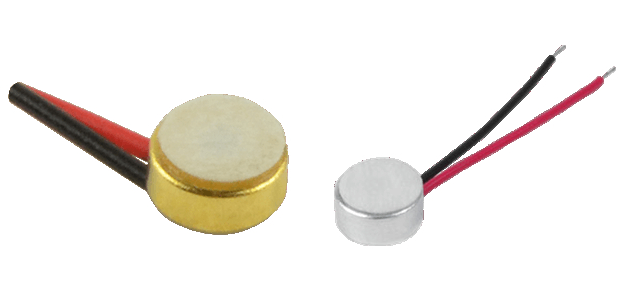
CUI Devices has a range of IP-rated (IP57, IP65 and IP67) waterproof ECMs that are omnidirectional and are offered with either wire lead or terminal mount configurations. The sensitivity ratings go down to -42dB, while the SNR is in the range 57dBA to 70dBA. They are capable of operating at frequencies up to 20kHz.
Voice Control – the HMI of the Future
Alongside the development in hardware – particularly MEMS microphones – software for automated speech recognition (ASR) has also seen significant advances allowing for interaction with smart devices and VPAs such as Siri, Alexa, Cortana and Google Assistant, and these, through associated apps, are allowing smart homes to become voice controlled.
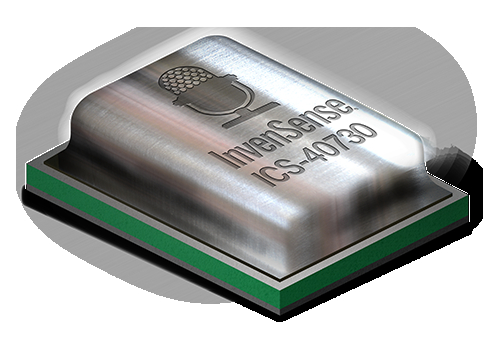
TDK’s InvenSense ICS-40730 is intended for use in applications such as teleconferencing, smartphones, home automation and other systems where voice is to be the primary means of control. The device is a low-noise, bottom-ported, differential-analog output MEMS microphone. There is an impedance converter and a differential output amplifier built in to the microphone. Performance statistics include an SNR of 74dBA, differential sensitivity of -32dBV and single-ended sensitivity of -38dBV. Additionally there is 124dB sound pressure level (SPL) acoustic overload point (AOP), -77dBV power supply rejection (PSR), plus ±2dB sensitivity tolerance.
Another device is the InvenSense ICS-40212 analog MEMS microphone, which is useful for wearable devices, IoT hardware and smartphones as it includes an “always on” mode. A low-power mode that draws just 55µA becomes active if the supply voltage reduces below 2.0V. The ICS-40212 has a tight sensitivity tolerance (±1dB) and wide frequency response (35Hz to 20kHz) and is supplied in a 3.5mm x 2.65mm x 0.98mm bottom-port surface-mount package.
Housed in an EMI-shielded HCLGA package and featuring a top port, STMicroelectronics’ MP34DTx series of MEMS microphones includes a number of low-power, compact, omnidirectional devices. Specified as low distortion, they offer a 64dB SNR with 122.5dB SPL AOP and -26dBFS ±3dB sensitivity.
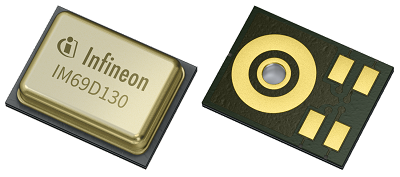
Specifically intended for applications that require low self-noise, wide dynamic range and low distortion, Infineon’s IM69D120 and IM69D130 XENSIVTM omnidirectional MEMS microphones are often used in home automation systems, smart speakers, IoT hardware and other similar applications.
They offer a pulse density modulation (PDM) output, along with a 70dB SNR and a 105dB dynamic range, as well as a SPL AOP of 130dB.
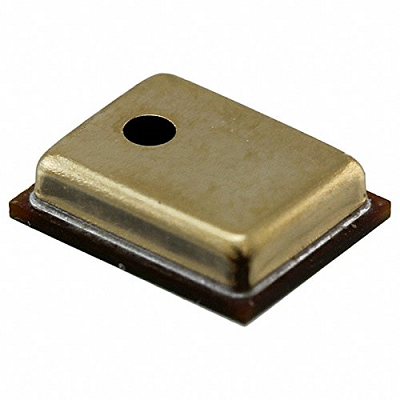
Knowles’ SP SiSonic series are high-performance, low-power MEMS microphones that were specifically designed for smartphone handsets, laptops and other portable devices that would benefit from wideband audio performance and high levels of RF immunity.
Ideal for battery-powered applications, these devices offer several power-saving modes including sleep, low power and standard. SP SiSonicTM devices feature a bottom port along with an acoustic sensor and a low-noise input buffer. They include a sigma-delta modulator or output amplifier depending on the model selected.
Piezoelectric – the Next Big Thing in MEMS Microphones
Newly developed piezoelectric MEMS microphones such as those from UK-based Vesper Technologies offer improved SNR and enhanced reliability and durability. Its omnidirectional, piezoelectric VM1000 MEMS microphone provides a single-ended analog output, a wide dynamic range and SNR figures of 94dB SPL at 1kHz.
The devices are supplied in IP57-rated packaging measuring 3.76mm x 2.95mm x 1.1mm that is waterproof, dustproof, particle-resistant and shockproof. The high-performance devices enable recording over longer distances, such as across a room, with excellent ambient noise cancelation and the ability to “audio zoom,” giving a highly accurate sound selection when recording.
Vesper’s bottom-port VM1010 piezoelectric MEMS microphone gives battery-powered smart devices the ability to be voice activated. When listening it draws a miserly 10µA and has the ability to wake a system when it detects sound energy. The robust device offers options including the ability to define the loudness threshold to customize the voice activation to suit the distance and environment. The listening mode is automatically activated when things are quiet, so battery life is maximized.


















